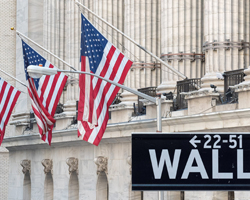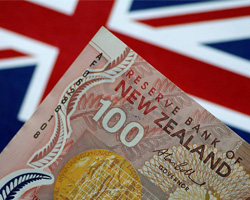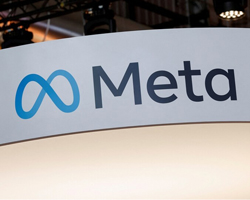Mixed European Markets Amid OPEC+ Announcement and Credit Suisse Fallout | Daily Market Analysis

Key events:
- Australia - RBA Interest Rate Decision (Apr)
- Australia - RBA Rate Statement
- USA - JOLTs Job Openings (Feb)
European markets had a mixed start to the week, with the DAX performing poorly due to an unexpected announcement by OPEC+ that it will reduce production output by 1.1 million barrels per day starting next month. Meanwhile, the FTSE100 has risen close to the 7,700 level. BP, Shell, and Harbour Energy are among the main beneficiaries of this announcement, as crude oil prices rose to their highest levels since early March.
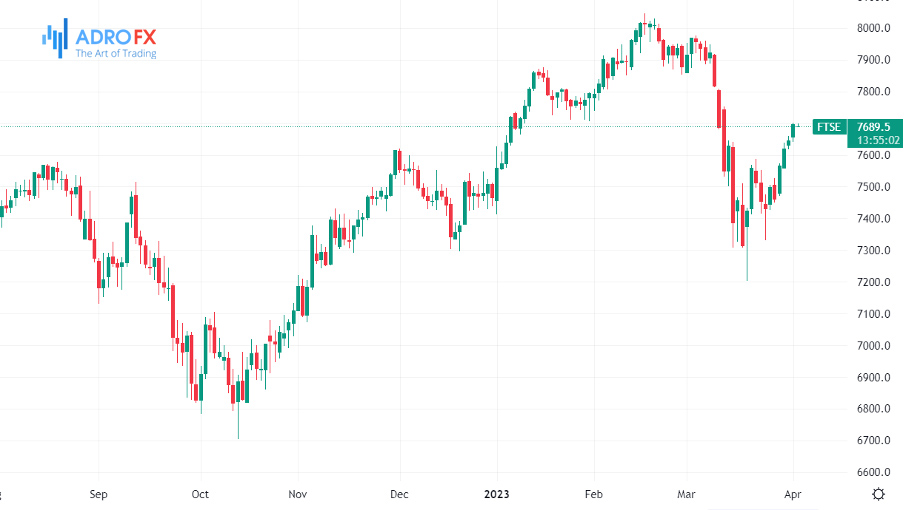
The move by OPEC+ could be problematic for central banks, as they are concerned about inflation but also worried about raising interest rates from their current levels, particularly in light of recent financial stability concerns as yields approach their recent peaks.
The energy sector has benefited from the rise in energy prices, but the banks have also been boosted by the increase in yields. Leading the gains in this area are Barclays, Standard Chartered, and Lloyds. However, the travel and leisure industry has struggled, with airlines such as Ryanair, Wizz Air, and IAG (owner of British Airways) all seeing their stocks decline due to the sharp rise in energy prices.
The aftermath of Credit Suisse's collapse has continued, with reports circulating in the Swiss press that UBS may need to cut up to 36,000 jobs to integrate the bank into its business model and avoid any duplication of certain roles. The shares have also been under pressure due to an unrelated story that the Swiss prosecutor is investigating the final details of the takeover.
Cineworld continues to experience problems, with its low-value shares declining after the cinema chain gave up on selling its UK and US businesses due to the lack of a buyer. The company has proposed a conditional plan to exit bankruptcy, which would eliminate current shareholders and aim to raise £1.8 billion in new funding while decreasing overall debt to $4.53 billion. Although CEO Mooky Greidinger considers this a "vote of confidence," critics may argue that it is overambitious to raise such a substantial amount of new debt for the same management team that caused the company to fail initially.
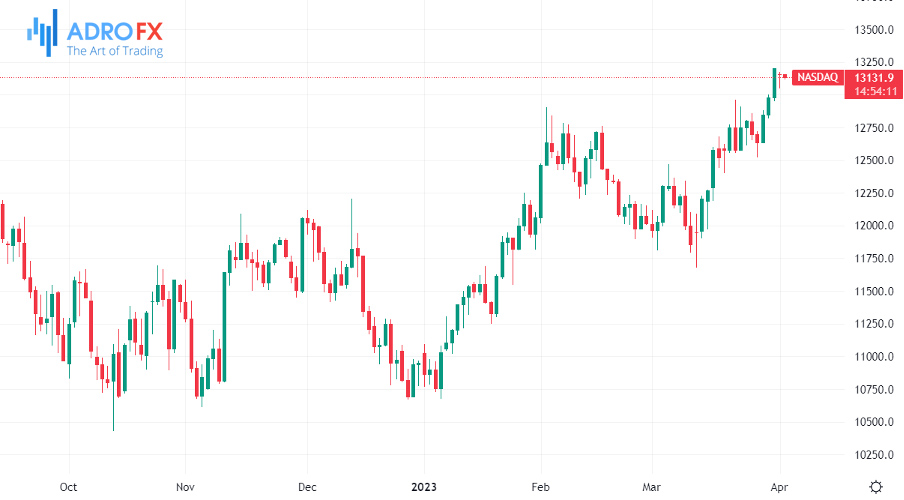
In the U.S., the Nasdaq 100 opened lower due to the initial surge in oil prices and US yields, though the yield gains quickly reversed. However, the underwhelming ISM manufacturing survey caused US 2-year yields to slip below 4% again, as all critical indicators were below expectations, with prices paid at 49.2 and employment at 46.9. Despite posting another record quarter for vehicle deliveries, with Q1 deliveries of 422,875 new cars, Tesla's stock came under pressure, and the sector suffered as a result, with Rivian also seeing a decline. These numbers were only slightly higher than Q4's 405,278, indicating that despite price reductions, demand is slowing. Investors will likely focus on Tesla's Q1 revenue numbers relative to Q4 and the increase in raw material prices when the company releases its earnings report on April 20.
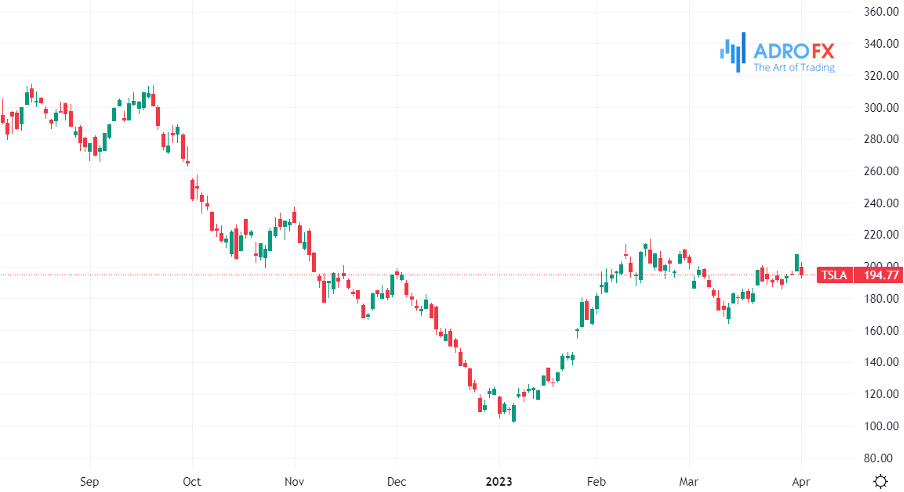
Following a weaker-than-anticipated ISM manufacturing report for March, which indicated that economic activity had declined to its lowest levels since May 2020, the US dollar weakened across all foreign exchange markets. Despite initially rising after OPEC's weekend announcement, which drove yields higher, the poor economic figures caused yields to slip back. The direction of U.S. rates remains uncertain, causing fluctuations in U.S. bond markets. The Australian dollar and other commodity currencies saw the most significant gains ahead of the RBA rate decision, with the expectation that rates will likely remain steady. This is due to the language change in the last decision made in March, suggesting a more data-driven approach. The drop in headline inflation to 6.8% in February indicates that the surge to 8.4% in December was likely a one-time event, which may give policymakers the confidence to pause.
